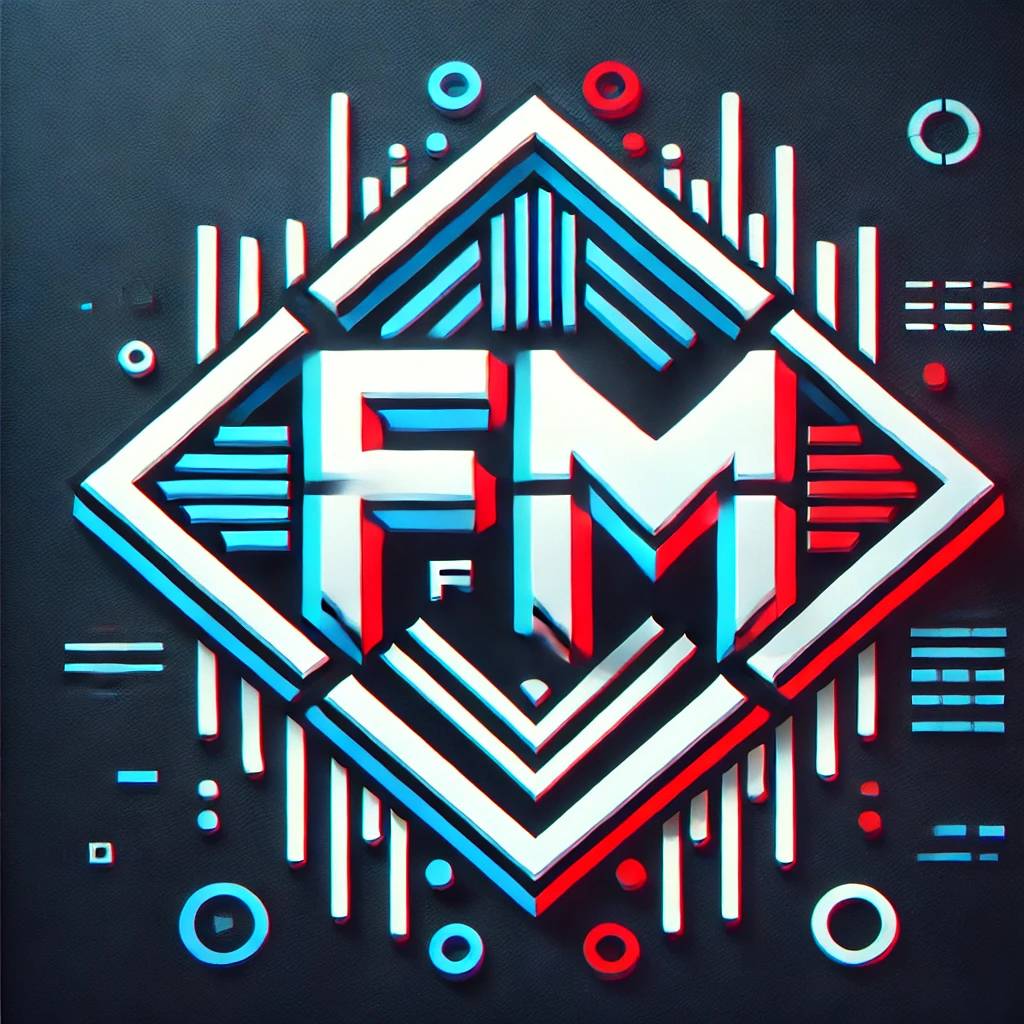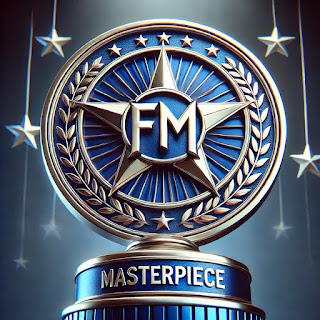Summary
- 🎮 Name of the game:
Ghost of Tsushima - 📅 Launch date:
July 17, 2020 - 🏢 Developer: Sucker
Punch Productions - 📌 Publisher: Sony
Interactive Entertainment - 🖥️ Platforms: PlayStation 4,
PlayStation 5, PC (2024) - ⚔️ Genre: Action, adventure,
open world - 🌍 Context: Set game
in feudal Japan during the Mongol invasion of the island of Tsushima in
the year 1274.
History and
narrative
What is the game about? Our protagonist,
named Jin Sakai, is a samurai who must defend the island of Tsushima against the
Mongol invasion. To begin with, one of the most interesting and interesting aspects of the
motivators to continue the game is its beginning, which, already with this premise,
At least I was hooked enough to buy it. Normally
PlayStation makes Japan-based games based on samurai or other Japanese themes.
ninjas, but almost all of them include fantasy or mythological elements from
country, all of which are fascinating. However, The Phantom of Tsushima
provides a realistic story inspired by the events of the Mongol invasion, of course,
Like all adaptations, not everything is 100% real. It is best to see a history of the
Feudal Japan without fantasy elements and this already places it as another game.
original than the rest of the same theme. It is very faithful to the period and that
liked.
Jin Sakai is a very interesting character, and
its development is very unique, one of the best I've seen in a game. There are games
that it takes them several titles to develop a character or they don't succeed at all;
here, in a single installment, they develop it so well that at least its ending
left him very satisfied. Jin lives a dilemma in the whole game between loyalty to his
samurai code vs. survival, which is the main point.
narrative. This evolution is incredible because even we, as gamers
In this day and age, we would definitely think that the most logical thing to do is to look for how to
survive, whatever the method. Well, we know that in these regions
of feudal Japan, the code of honor is a completely undeniable oath: the
you take and you must fulfill it, even if fulfilling it means your death or the death of others.
The Mongols were vastly superior in numbers, which made them
In these wars, the more men and the larger your army is, the more
probability of success was going to be higher. The way the events of the game progress,
Jin just thinks: “We must win this at any cost, even if that means disrespecting
my code of honor”. All of this narrative dilemma makes the game an excellent
memorable story.
The other characters, such as Yuna, Lord Shimura, Lord Shimura
or Ryuzo, bring emotional weight and influence to the story around the
decisions of our protagonist. Although there is no denying that, for me, Jin
gets all the applause. The rest of the characters contribute, but it is very
marked who is the main character and who are the secondary characters.
The dialogues are good; there are a few
where they get a little bit more into philosophical dilemmas, where as a player maybe you'll
The characters' decisions and in others are dialogues that are a little more
simple to move forward with the story.
The construction of the world in Tsushima is
feels alive, is very much in keeping with what the era might have really been like and is linked to
the events of the game. A well-built world also brings a lot to the table
weight to history and narrative.
Spoilers:
The game has very special moments in the story that, at least to me,
I found them memorable:
- The
Khotun Khan's execution of Taka is brutal and graphic, and marks a
before and after in Jin. This practically makes him The
Ghost. - The
Khotun Khan, even though it's a final fight, I feel like
was very well choreographed and well paced, plus, after the
first encounter, he wanted to cut him with the katana. - The
Lord Shimura's destiny: the best moment of the game, where we decide whether we will
kill him or let him live with the humiliation. Depending on what you choose,
the ending conveys Lord Shimura's honor, redemption or suffering. I
I chose to kill him.
There are other intense moments, but in my
experience these were the most outstanding.
I consider that this game had the narrative
best written of the year 2020, as it left me with no doubts and no considerable points.
improvement, no inconsistencies. Moreover, it closes spectacularly with a decision
that, no matter which one you choose, the feeling it leaves the player with is crazy;
of the best endings I've ever seen. Of the 2020 games, for me, no doubt.
was the best narrative of the year.
Gameplay
Although the narrative is excellent, it is not
best is its playability, which is what ends up making you put so much into it.
hours to complete the entire game and its side activities.
Within its mechanics, of course
we have the samurai combat, only that the game offers us to use four
very useful types of postures depending on the enemy we are facing, so it is a very useful
light challenge to learn which postures to use. On more than one occasion, a
enemy was invincible, but because he was using the wrong posture, so it's
almost obligatory to learn the use of the postures. These and their application in each
enemy make the game more dynamic, and not just push the attack button,
You will have to think carefully about which posture to use and at what moment to attack.
Additionally, we have the mechanics of
always: light attack, strong attack, precise blocking and blocking to deflect the
and attack the enemy at the most vulnerable moment, which is practically a urges
kill.
A very interesting mechanic is the
direct confrontations. These are not simply go and attack, but rather Jin
challenge others to a one-shot fight. If you fail, you are
one hit from dying, but if you hit, you kill the enemy immediately. It works
with Jin unsheathing his katana at the exact moment the enemy is about to
attacks. The challenge of that is that the enemy pretends he is going to attack you and you can
If you rush and fail, then you have to be attentive. The mechanics are very
good; however, I found it tiring after more than 30 hours of gameplay.
For camps or bases we have the option of
stealth with distractions, silent assassinations and some ninja tools,
which are not exactly in keeping with a samurai, but that's the point.
narrative principal perfectly applied to the gameplay.
Stealth tools are available
such as kunais, hook, smoke bombs, explosive bombs and so on, in addition to being able to
use bows and arrows, everything that a samurai should not use, but he is Jin
Sakai, so what does it matter. So you decide whether to be more ninja or more samurai.
You can freely explore the island, which is
a beauty, with markers on the map. The most interesting and original thing I have
seen at least, I didn't know if another game had the mechanics is that you mark the
target on the map and normally, you leave the map and a marker or something appears.
notorious to go to that marked point. Well, here it is not like that, but uses the
famous guiding wind, which I think is a very good idea for the marker to
is not invasive in the game landscapes. The wind will indicate the
direction according to the target marked on the map. In addition, riding a horse
as you go to your target with the wind blowing and the flowers swaying you see
very good; it even sounds a bit poetic.
Jin can gradually unlock
skills known as technique points, both of samurai and of
ghost, which would be more like ninja. You have a skill tree of
decent size for each style. You can also customize armors that
have special effects, some of them better than others, as in every game, amulets, amulet
and dyes for the armor, which in my case I never gave them importance; I
I liked the armor I put on Jin just the way it was.
The game features a wide variety of
content, such as duels, hot springs, haiku and shrines, the
which can be challenging at times, but not at all difficult to achieve. The
most famous, and which I feel most caught the player's fancy, were the foxes that you
guide to a sanctuary. In my game, I would see the fox and immediately jump in.
of the horse. There are also some birds that guide you to a point of interest.
You have to keep an eye on the world to discover more activities.
I think the bad thing about the game, as it happens to
almost every open world, is its repetitiveness. Yes, when you have more than 25 hours
or go for the 100%, you will feel a bit tired, because the missions may
the same thing all the time: go, infiltrate a camp, kill people and
and that's it, mission accomplished. At the beginning it's fun, but when you have more
of 30 hours can already be a bit tedious. If you upgrade Jin, you can do this more
fast.
Another negative point may be intelligence
The artificial enemy's behavior, which is also repetitive and over time,
you memorize everything, so combat is no longer a challenge and becomes more
monotonous. A Mongol is not going to surprise you; they have fixed mechanics and
predictable. It has a normal and intuitive learning curve at the beginning, and
then it becomes something you do almost by inertia.
Many players have experienced this, but the camera at
sometimes it is unbearable because it does not allow you to see the environment well. Still in
is not a problem in open spaces; however, it is a problem in enclosed spaces.
headache.
Scanning may not be the best for
I didn't see much of a problem in my case, since it is completely
understandable that the game feels empty in some parts. If we rewind the
time, imagine what the world was like in the 1200's, you were not going to find a
fried chicken stand on every corner or an outlet on every street. That's why I
it looks like a more realistic game, in keeping with the times. I tell you this because don't expect
find a lot to do in every tree you see, because it's not going to be, and it won't
has to be.
The gameplay is well-done; it does have
points of improvement, but overall, despite the repetitiveness of the missions,
is still a satisfying fight and for me, one of the best it has to offer. Lo
I remember it as a game that amused me for many hours.
Graphics and visual design
The graphic level is excellent, very worthy of a
game of its category and year for the PS4 console. The artistic design of the
and characters from Mongolia and Japan is very well set, and because of its
armor you can differentiate which side is which. The highlight is a
very realistic art style, which I loved, inspired by Akira's films.
Kurosawa; it even includes a black and white Kurosawa mode in that style.
unique filmic. In my case I didn't play it that way, but it may be worth a try.
The natural setting is excellent; it does
you feel in the 1200's in feudal Japan, and there is a variety of flora and fauna,
which gives even more realism to the game. The landscapes are beautiful; in general,
the island is a visual beauty. On an artistic and visual level it is excellent.
Sound and music
The soundtrack is mostly melancholic,
with traditional Japanese instruments (shamisen, shakuhachi). I feel that
It does well; however, it's not the strongest thing about the game, it feels like it is
focus more on the visual than the auditory. It delivers in the moments of action and
quiet, although there are parts of the world where it is quieter altogether.
The sound effects are detailed, from the
wind whistling to the clash of katanas. I think the sound effects
are the highlights in the sound section; listening to the katana cutting enemies
and getting through them is very satisfying, it almost sounds as if the game is
to congratulate him for beating it. Perhaps they could have improved the effects in the interaction
with other elements or objects on the map.
The game offers you voice acting both in
English as well as Japanese. To give it more realism, I decided to use Japanese and English voices.
I consider that it complies well. I don't feel that I can highlight a character like
Jin's is okay, but not outstanding enough for me to
to say that his performance was excellent. With the other characters less so, where
perhaps not helped by the low participation. So the performances of
voice only are fine.
Difficulty and accessibility
The difficulty depends on how well you adapt to the
mechanical, but since it has difficulty selection it should not be a problem.
problem. The “lethal” difficulty is one hit and you're pretty much dead, which is a
which intensifies the realism. You can play everything without any problem on easy, and thus
will be a good experience for many.
In terms of accessibility options, it has
with options for subtitles, text sizes, contrast mode, and
assistance, among others. I think it is very complete for a game of its size.
level and in comparison with other similar titles.
Additional content
It can take about 25 to 35 hours to
storyline and, for the rest, about 50 to 60 hours, which is about 50 to 60 hours, which is a long time.
pretty good. It's got enough content to keep you hooked to the
game. It offers a variety of secondary activities, which I recommend. The
replayability will also depend on how willing you are to be repetitive;
I do not consider it a game to be played or replayed several times because of its
duration, which is normal. If you complete the 100%, I don't see what else to do; once you have completed the 100%, I don't see what else to do.
you get the most, remove it.
It has expansions such as the Director's Cut,
which includes the Iki Island expansion, which adds new abilities, enemies, and new
and a personal narrative for Jin. Highly recommended. In addition, it has a
cooperative multiplayer called Legends; I wasn't too interested in trying it out,
but maybe it's worth it.
Technical Aspects
Its performance on PS4 was stable at 30 fps,
with fast loading times. The game squeezes the most out of the console and is giving
closure to it before the generation change. Significant improvement
playing on PS5. In my experience, I played it during the time of the pandemic in
the times of spending all day in the house; so I played the PS4 version and didn't
I have no major complaints. It ran very well for an open world game, good
optimization, and even though it has some bugs with enemies, at least they are very
passable, typical. There were no missions or side activities that were
bugged or ruined my experience, so it's an excellent game.
made at the technical level.
Value for money
The game at its launch cost about $59.99.
USD and to be honest, nowadays it is hard to find games that are worth the USD.
full price. Well, in this case Ghost of Tsushima is completely worth every
penny paid. If you get it on sale, so much the better, right? But even
pay full price is a great credit to Sucker Punch for everything they
gave us in this installment: an excellent story and narrative, great gameplay,
design and graphic quality in keeping with the times, technically well worked, band
good sound, a lot of content and so on. From my point of view, the game has
everything you need and is well justified its price, so do not hesitate to
buy this set.
Trophies / Achievements
- Platinum obtained: Yes.
- Percentage of trophies obtained: 100%
- Estimated time: 50-60 hours. It took me
approximately 51 hours. - Platinum difficulty: 3 of 10. Platinum is almost
that mandatory if you liked the game, the hardest part will really be
but it does not pose significant challenges. It is done
for the player to get the most out of what the game has to offer and to explore further
its world beyond its history, it is practically just completing the 100%
the game which I recommend because it is a lot of fun in my experience.
Conclusion
Ghost of
Tsushima is one of those games that leave a mark on you. Not only for its incredible
visual section or because of how well recreated feudal Japan is, but because it is
manages to convey emotions, dilemmas and decisions that really make you feel
part of the story. Jin Sakai is a memorable protagonist, with a development that is
deep that is rarely seen in a single installment. The narrative is so well
written that it has no weak points and the ending is one of the best I have seen in
a video game.
At the level of
gameplay, it's solid and very entertaining, with combat that feels like
and well thought-out mechanics, although it can become a bit of a challenge.
repetitive as the hours go by. Graphically, it is a work of art, with a
impressive setting that makes you feel inside the Japan of the 13th century.
The soundtrack accompanies correctly, although it does not stand out as much as the
visual design. On the technical side, it is stable, fluid and very well optimized, including
on PS4, which shows the great work of the studio.
At
overall, Ghost of Tsushima is a very valuable game that I recommend it to everyone.
player. In my opinion it is the game with the best narrative of 2020 and it is my GOTY.
2020.
My qualification
final for Ghost of Tsushima is de:
4.6 / 5.0







